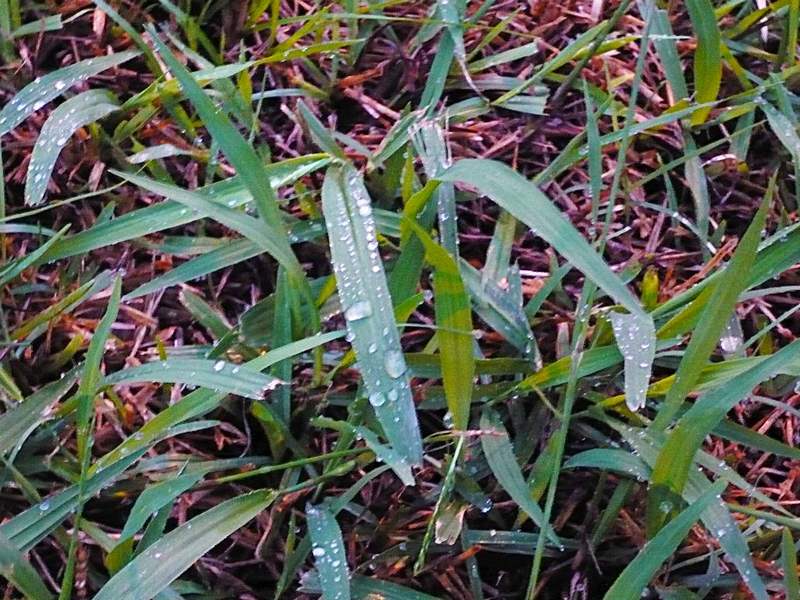Find out how to get rid of Johnsongrass by making the lawn as inhospitable to the weed as possible. Determine the steps to take that prevent the further spread of the grass to thus far non-affected areas.
Termed a noxious weed, learning how to get rid of Johnson grass is a frustrating experience to the gardener or hobbyist. Not as tough as bamboo, this grass, nevertheless, packs a powerful punch.

Learning how to get rid of Johnson grass requires a thorough understanding of this hardy and highly invasive plant. Known in botanical circles as Sorghum halepense, it is part of the Poaceae (a.k.a. Gramineae) family. Left to its own devices, this perennial grass can reach a height of two to seven feet (¹).
The plant thrives best in moist soils and quickly takes over wide expanses as well as rocky areas of fields and roadsides. Johnson grass’ ease of establishment via a network of underground rhizomes has made it instrumental in erosion control, but this very strength is now working against gardeners who see the plant encroaching on lawns.
The rhizomes make the grass very difficult to eradicate, which has caused a number of states to designate it as a “noxious weed (²).”
Must Read:
Johnson grass relies on seeds as well as rhizome spread for propagation (³). This simple fact dictates that gardeners must employ a multiple step approach to achieve eradication.
Mow the grass to prevent the formation of panicles (also known as seed heads). Remember that just one grass plant has the potential of producing as many as 80,000 seeds in one season! Cutting off even one means of spreading helps to control its reach into areas that are physically divided from affected flowerbeds and lawns.
Generally speaking, an overage of water and also runoff lead to the disbursement of seeds. If the lawn area is too wet, the growth conditions for Johnson grass are ideal. Curtail the watering, and explore ways of adding proper drainage to lower areas of the landscape.
Cutting up the soil inadvertently results in a spread of rhizomes. These rhizomes usually inhabit the upper 10 inches of the soil but can grow as deep as five feet. Conversely, in areas with harsh winters, the tilled soil and exposed rhizomes result in a dying off of the plants.
Eliminate as many plants as possible in the fall season. In some cases – especially when planning on a warm season lawn renovation – it may be necessary to spray throughout the summer and fall to weaken the rhizomes sufficiently to die off in winter.
When learning how to get rid of Johnsongrass prior to a full lawn renovation, it is beneficial to consider carefully the choice of ground cover. Perhaps a native grass may be better able to make do with local weather conditions and thus naturally out-compete the invasive species. Planting grasses that have high maintenance — and especially high irrigation — requirements are counterproductive in this case.